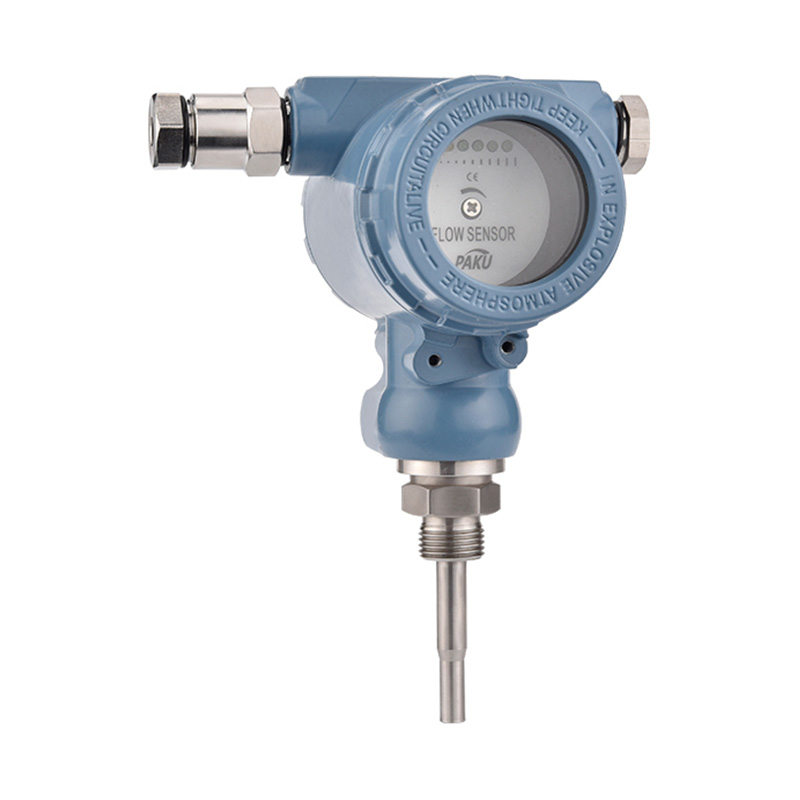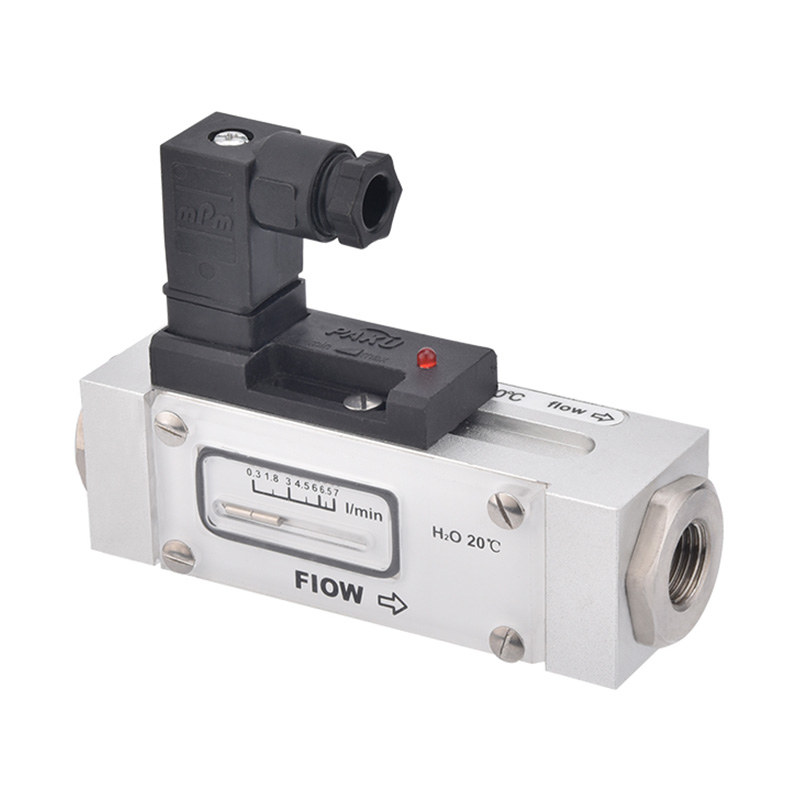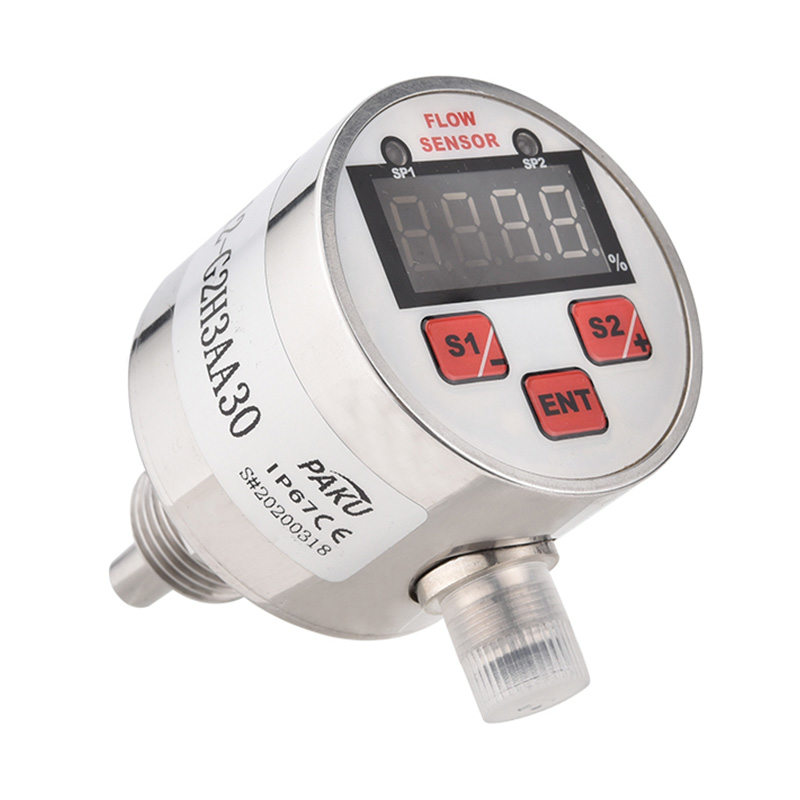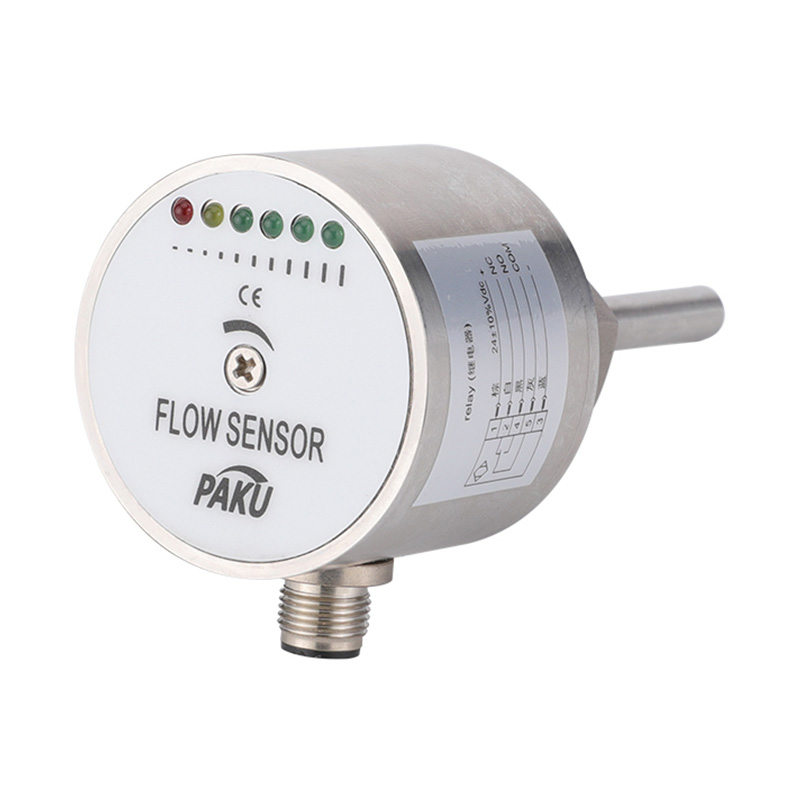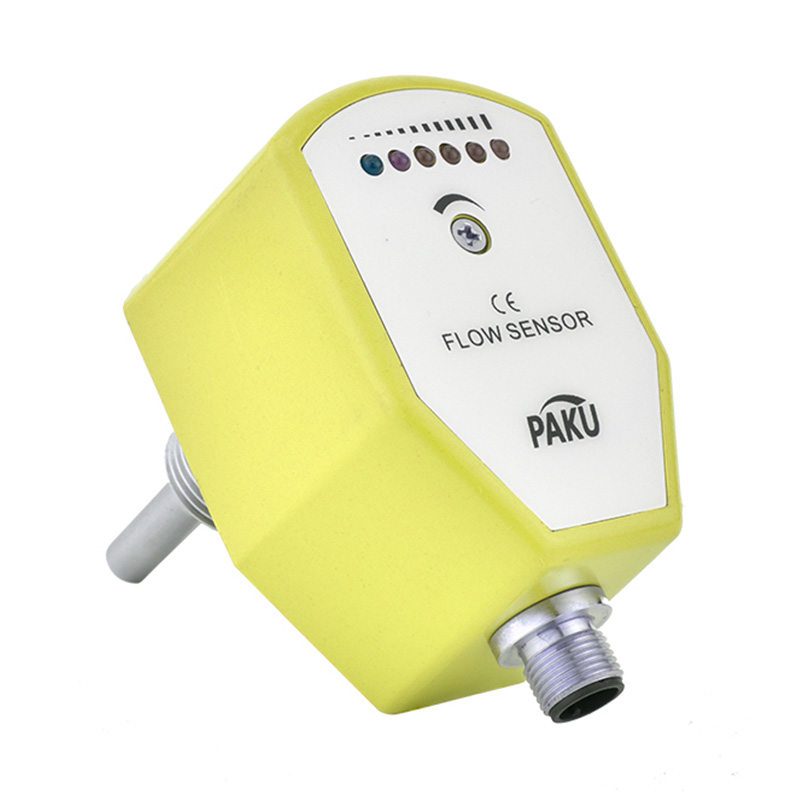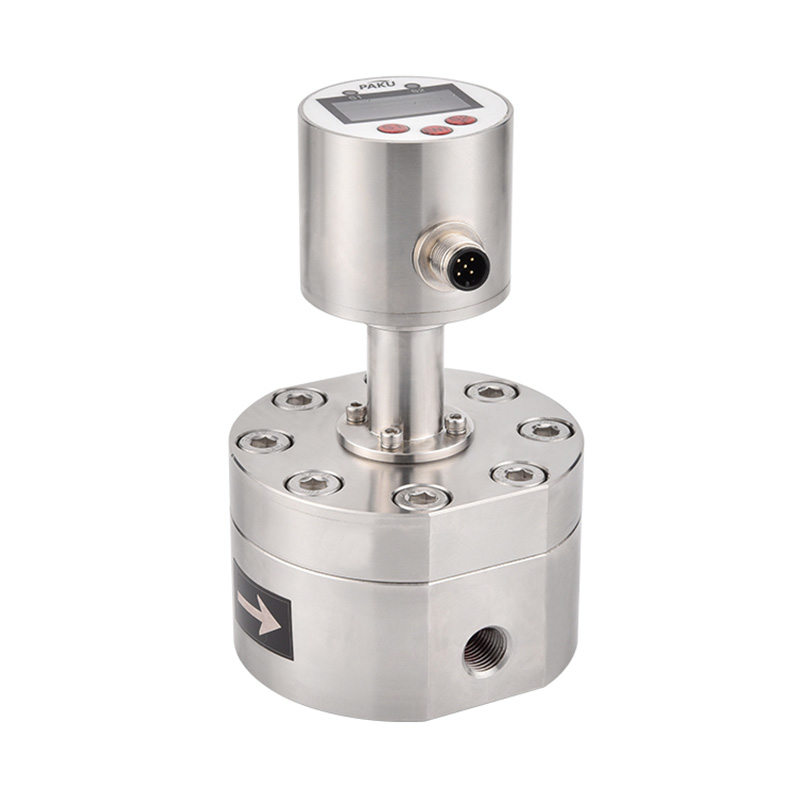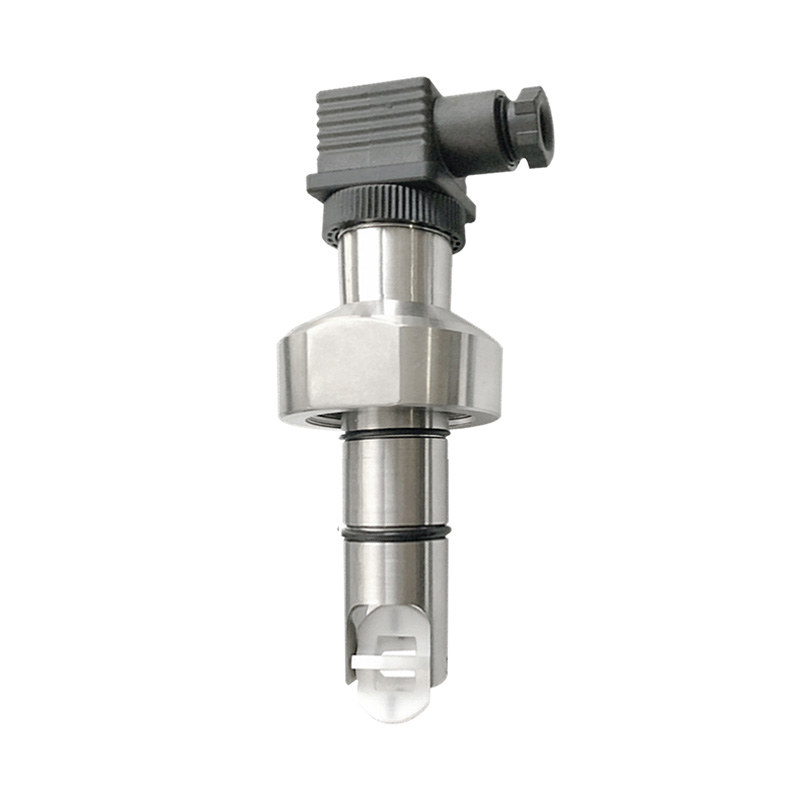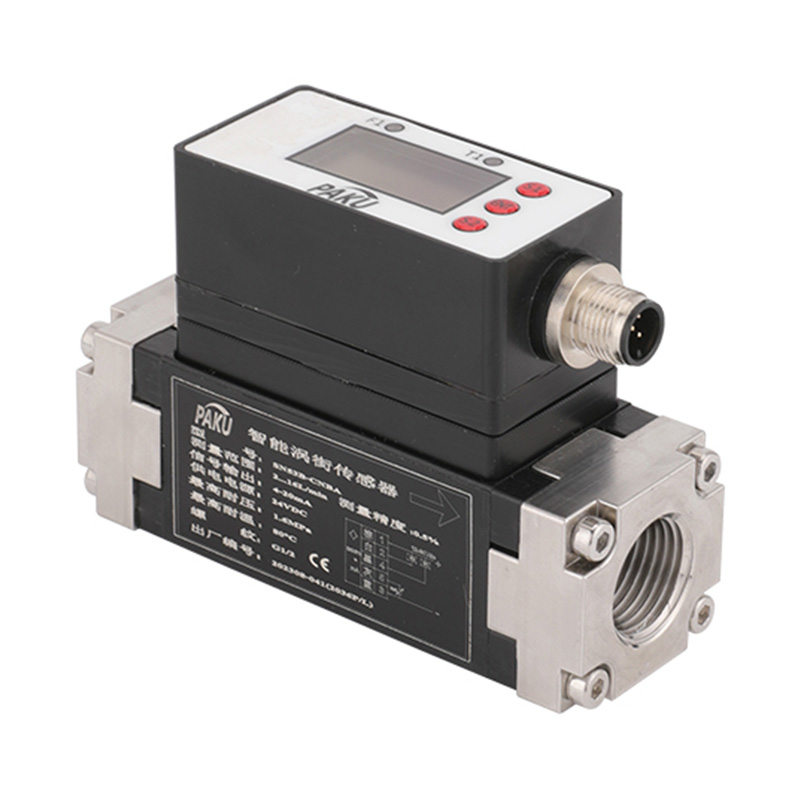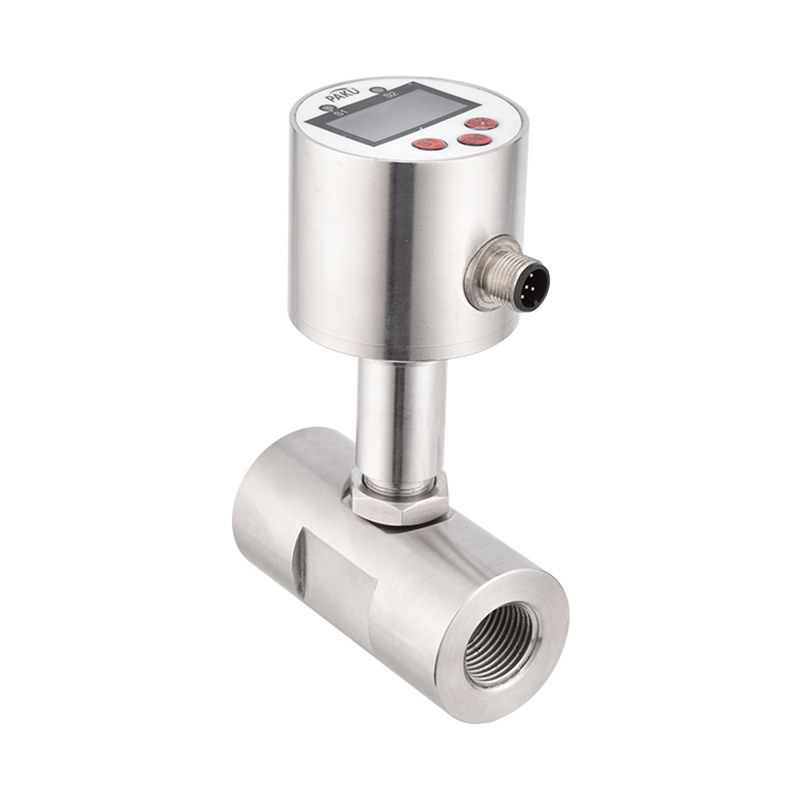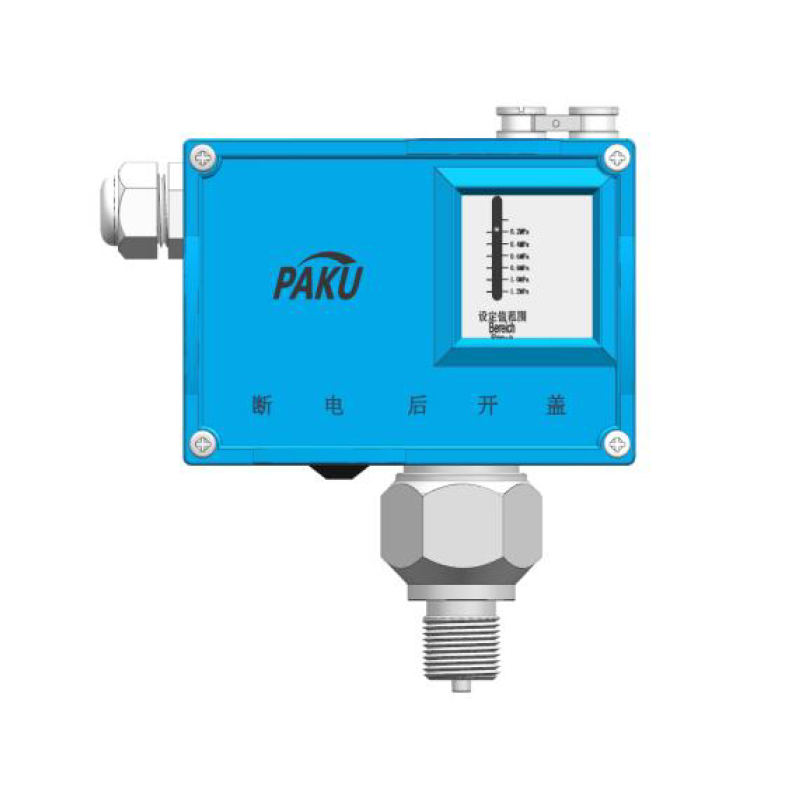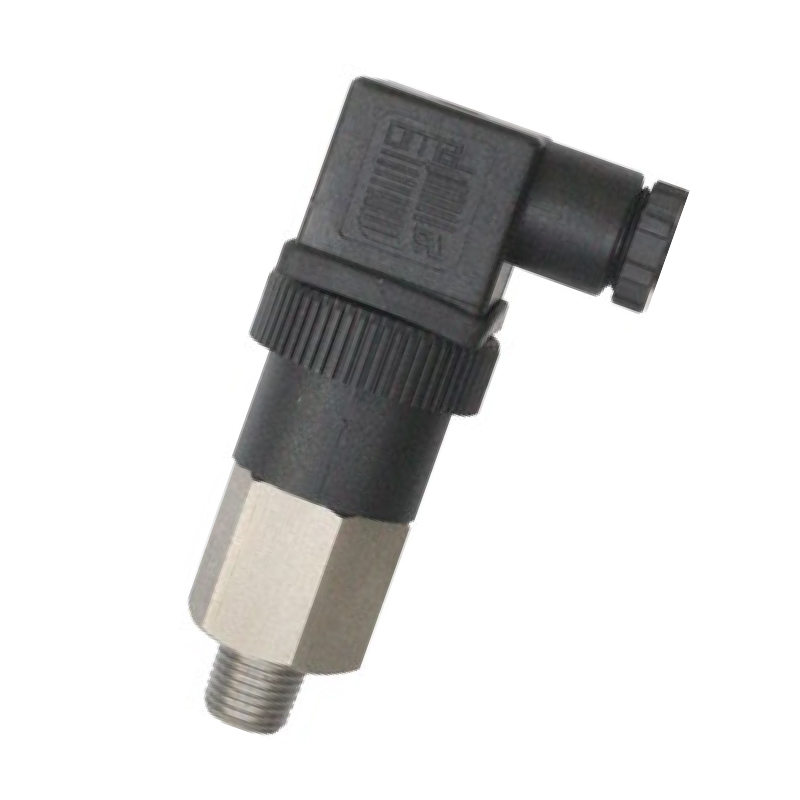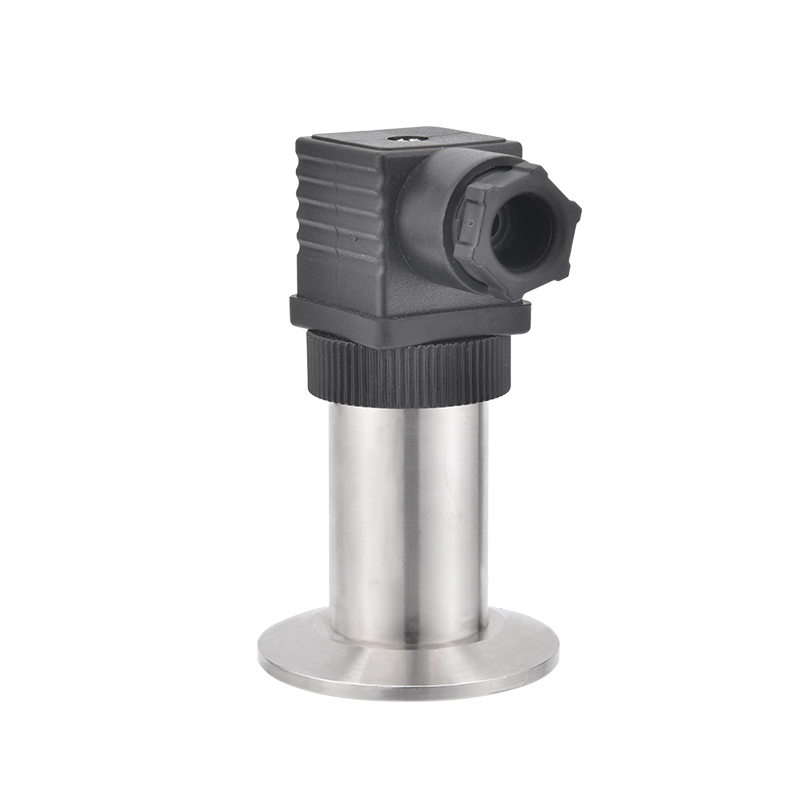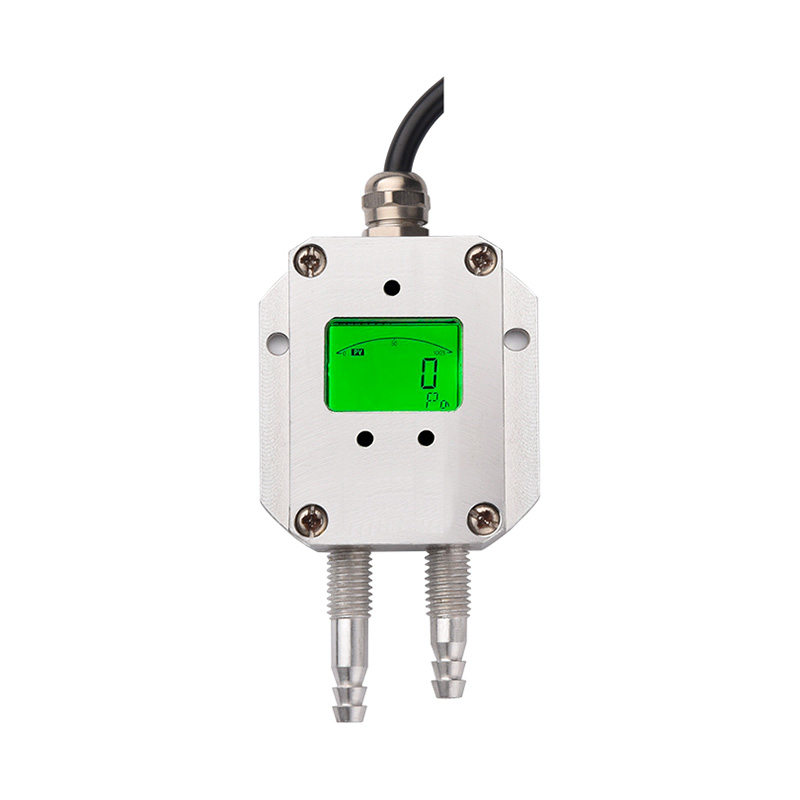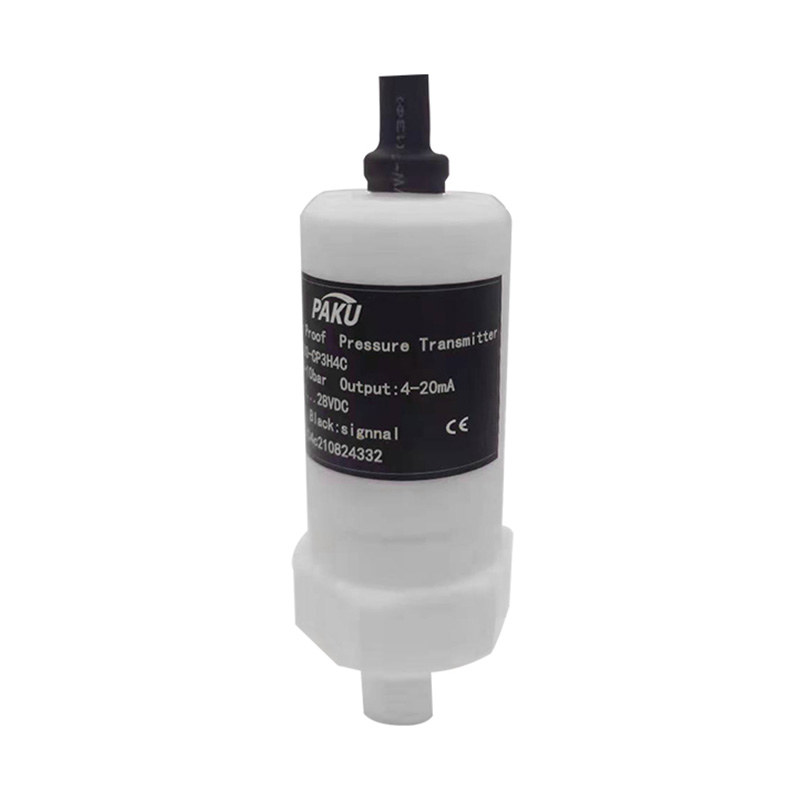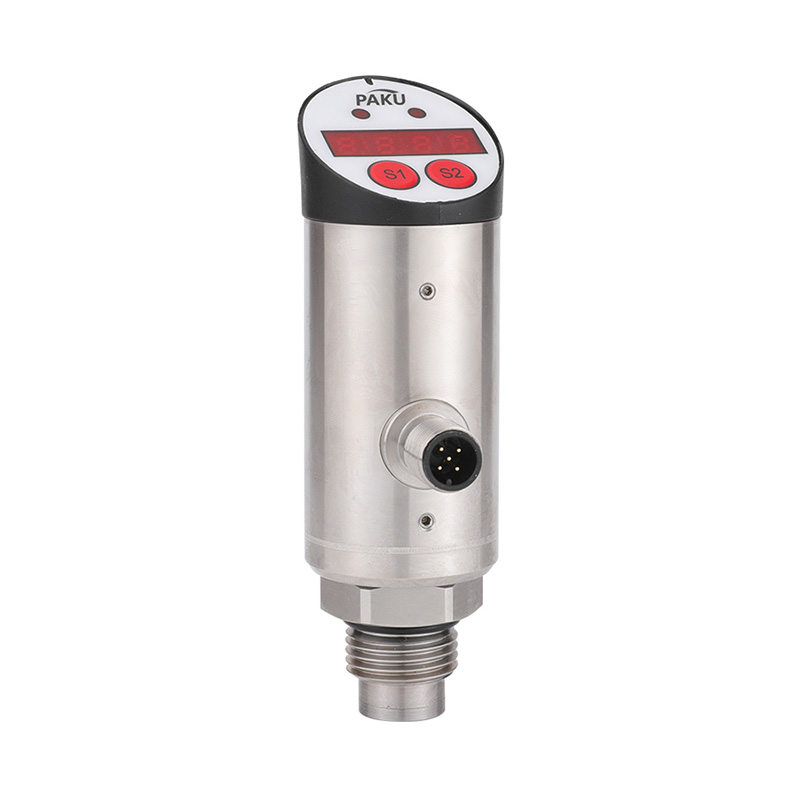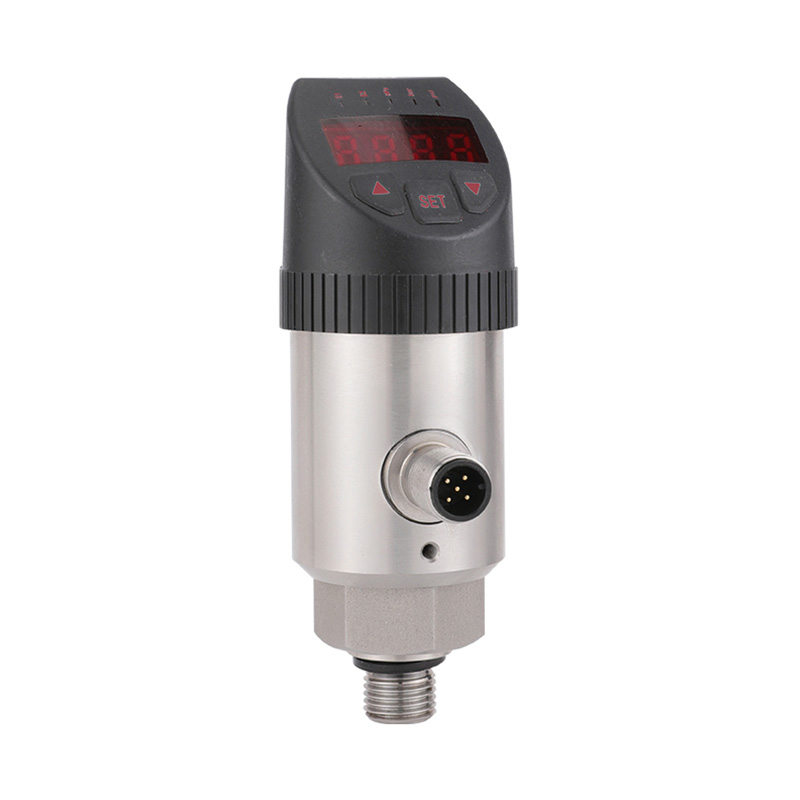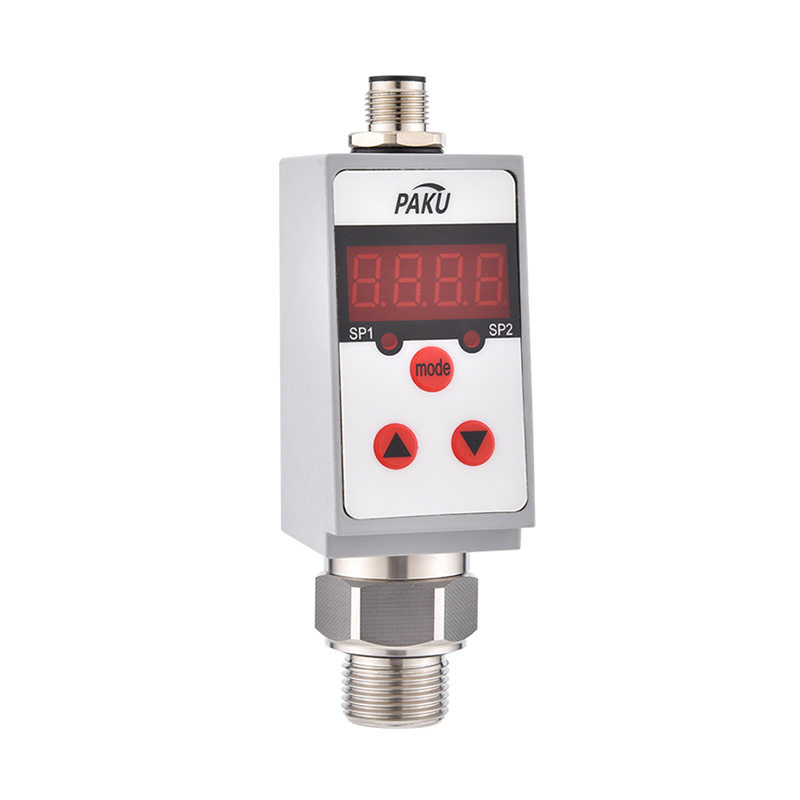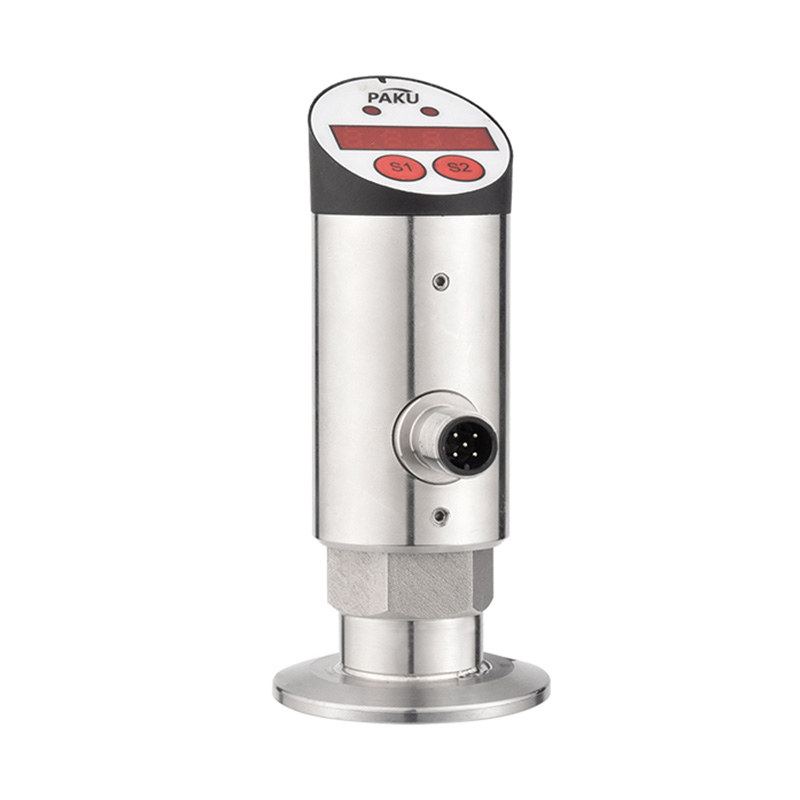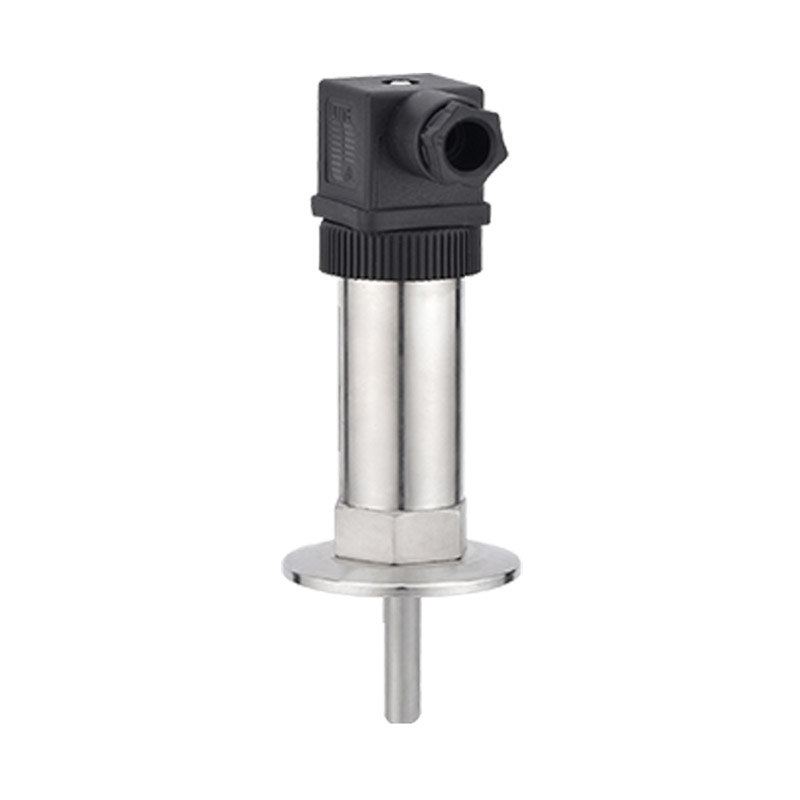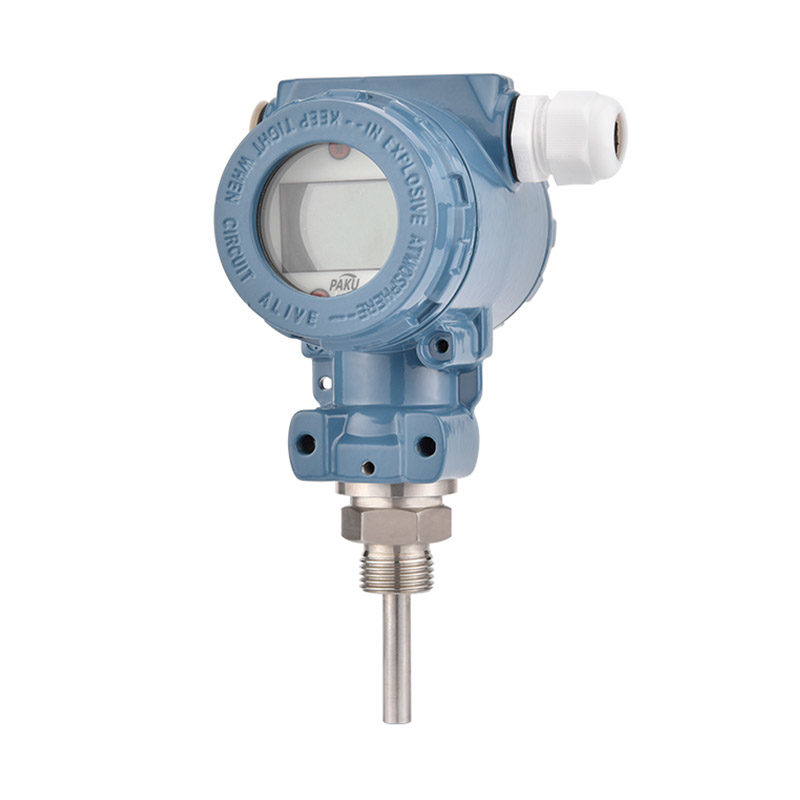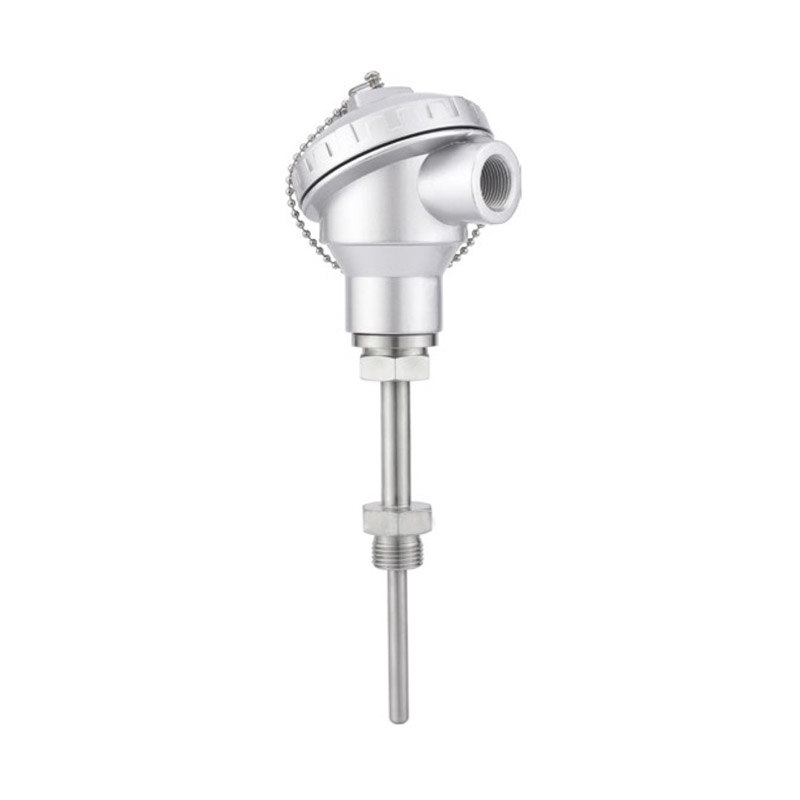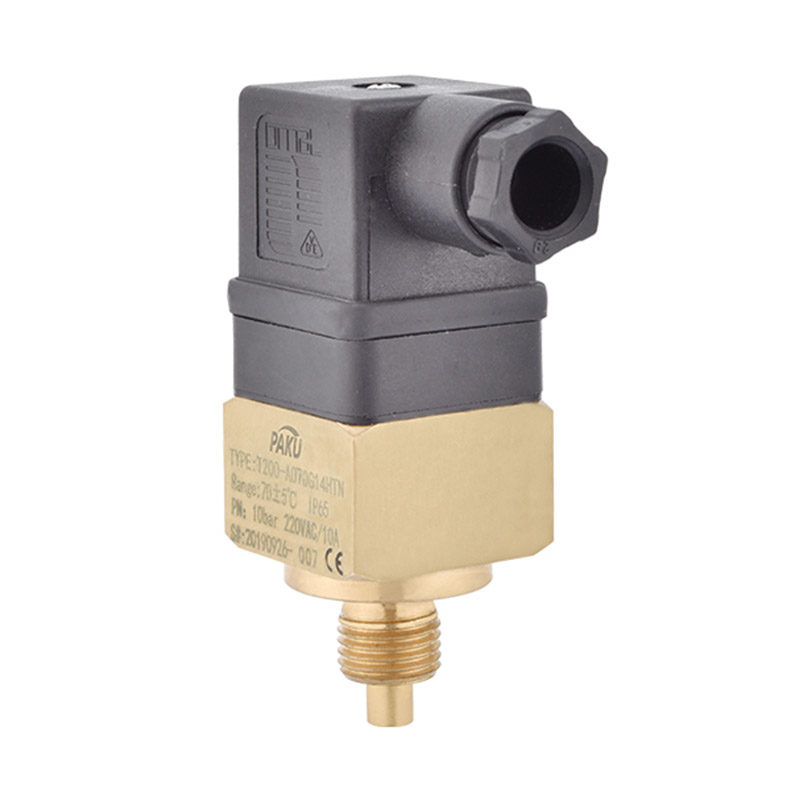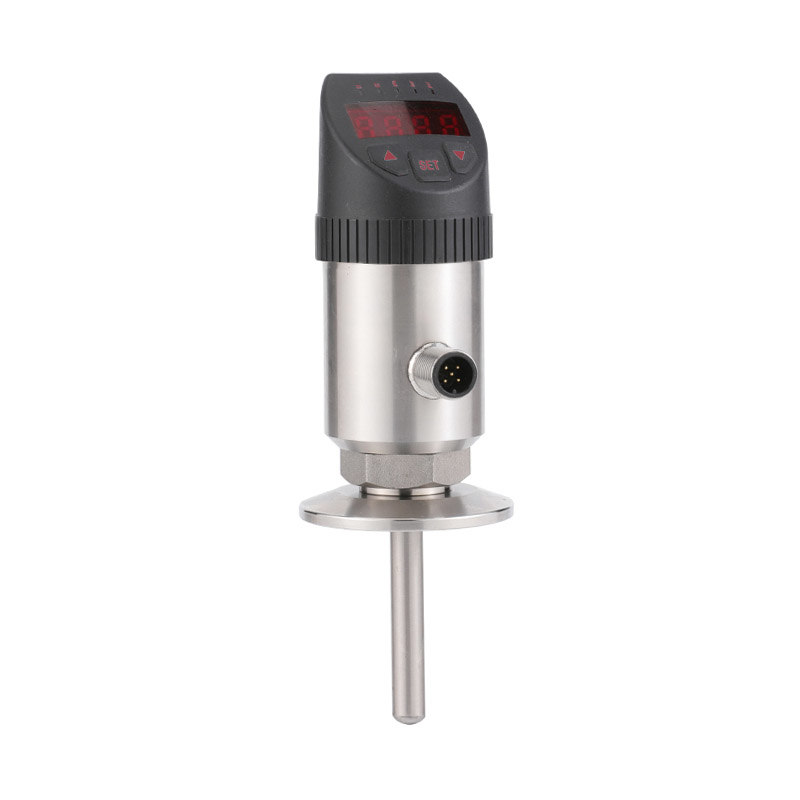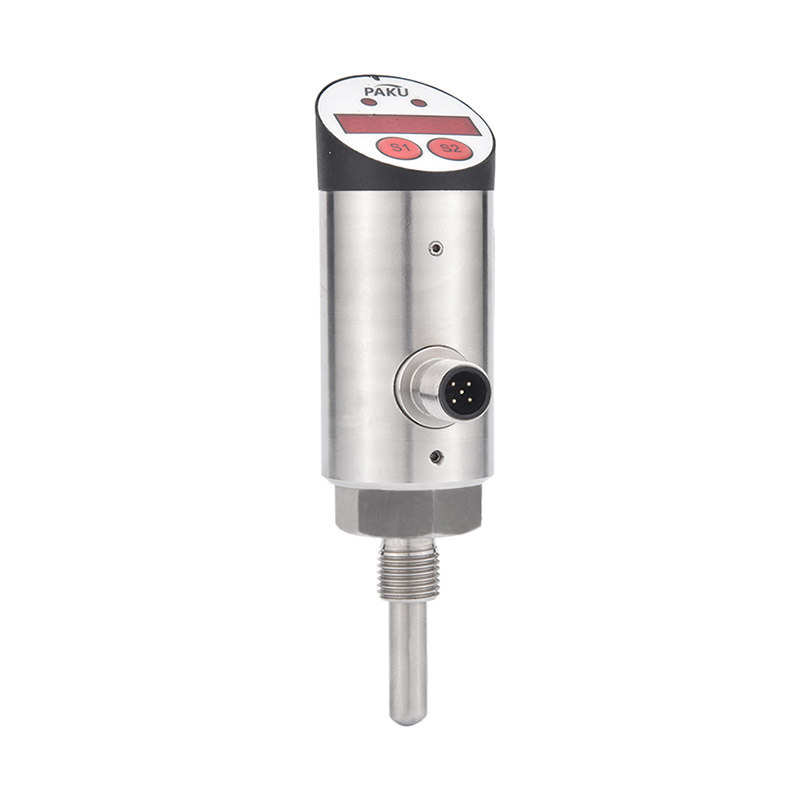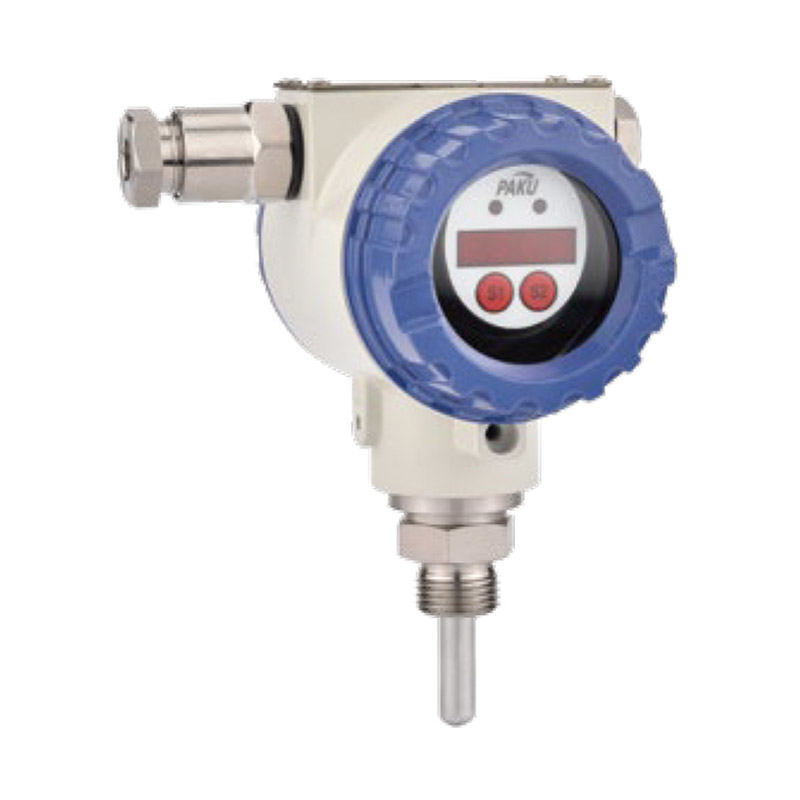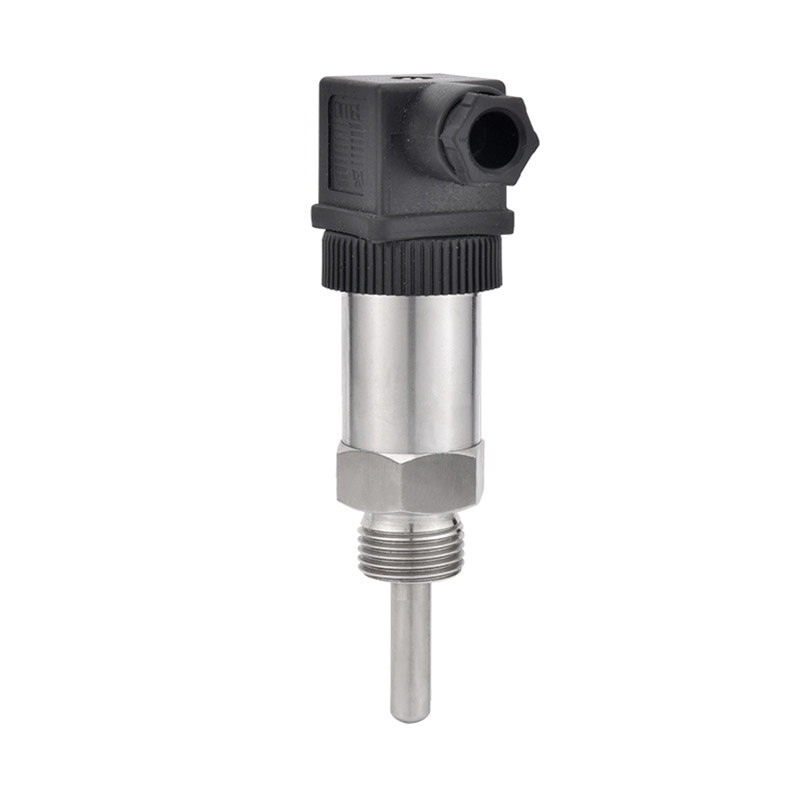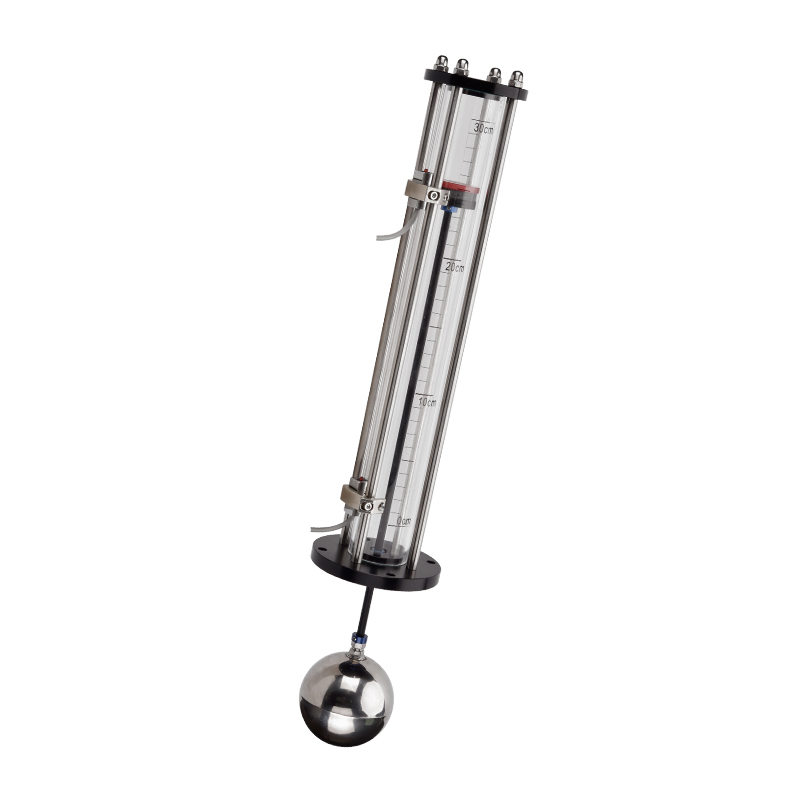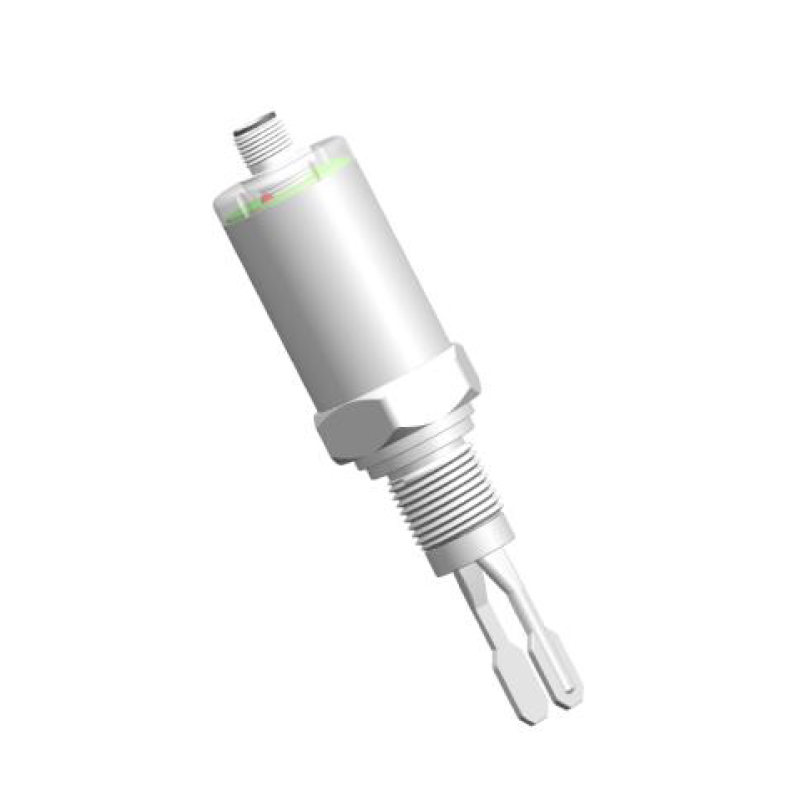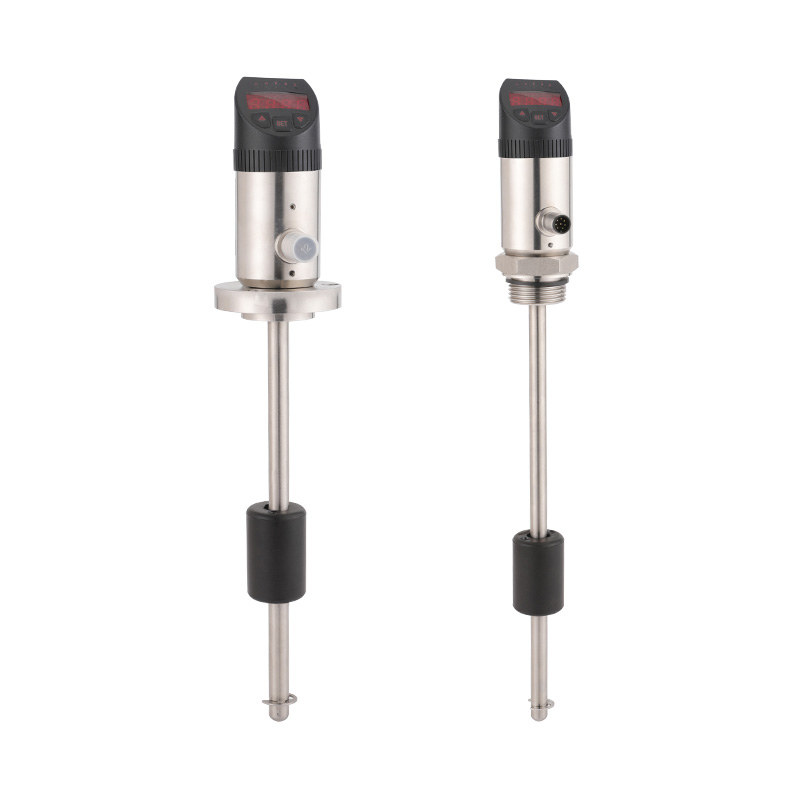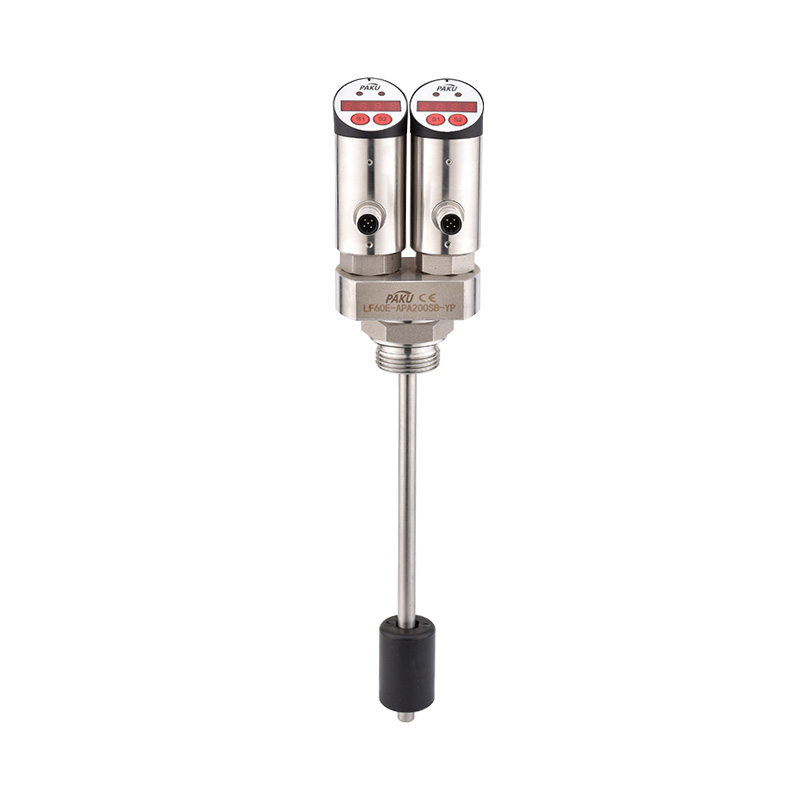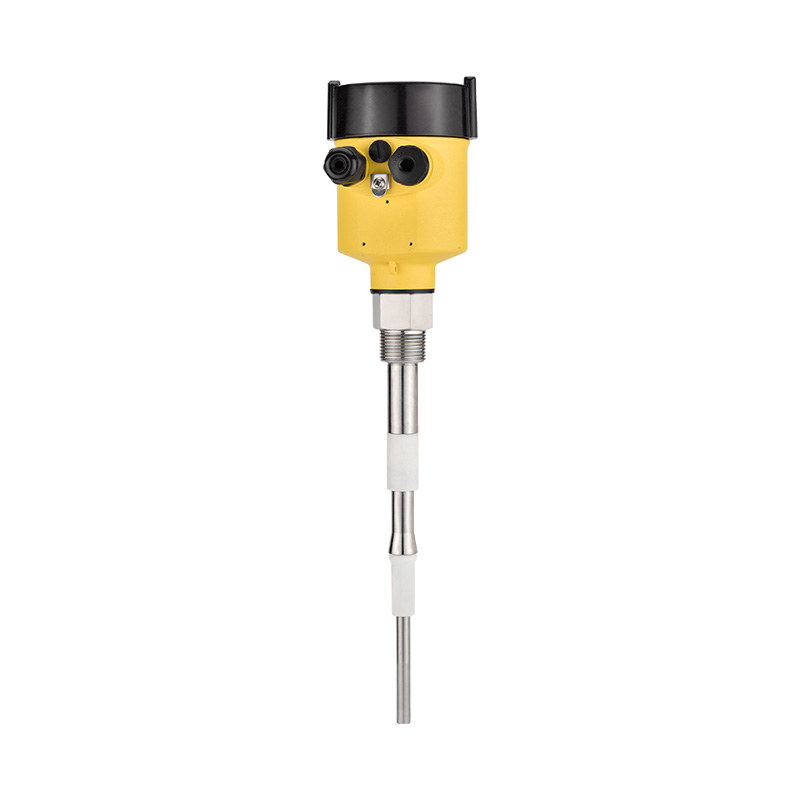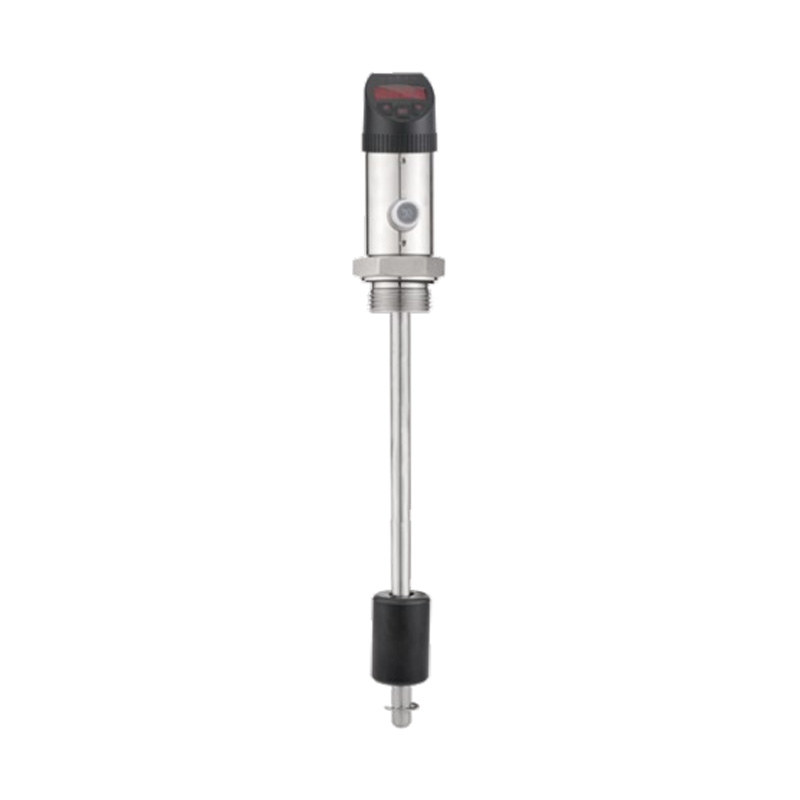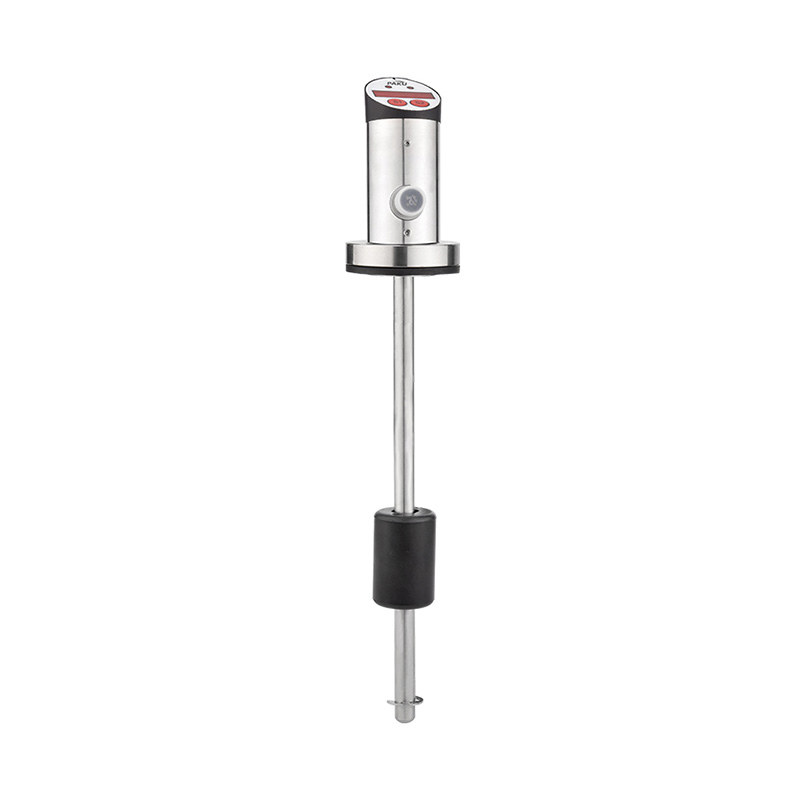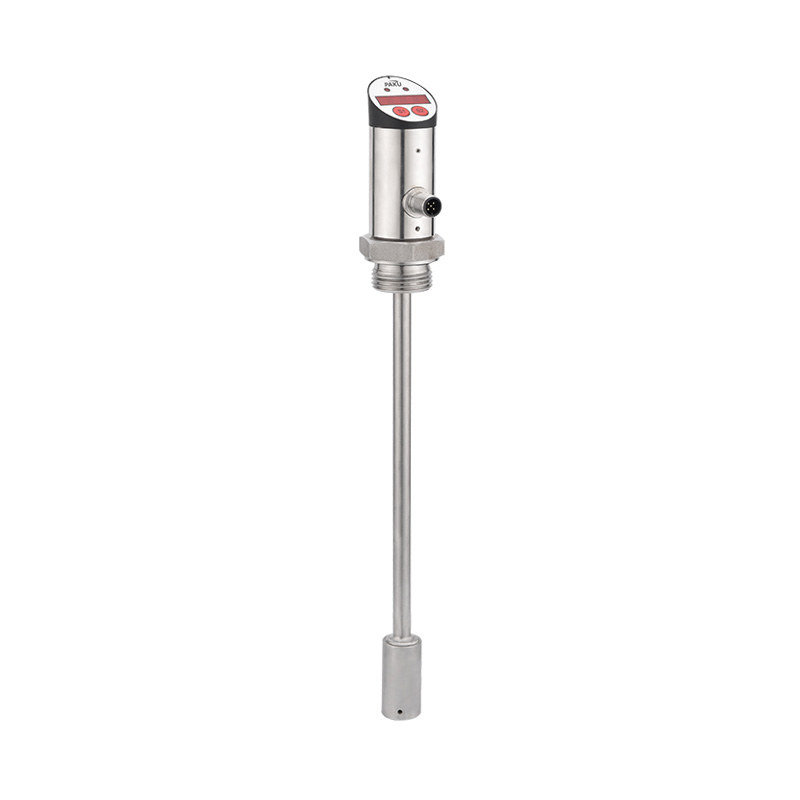If you need any help, please feel free to contact us
What is the role of Liquid Level Equipment in the chemical industry?
In the chemical industry, precision, safety, and efficiency are everything. From the storage of raw materials to the processing of volatile liquids and the handling of corrosive chemicals, maintaining accurate control over liquid levels is essential. This is where Liquid Level Equipment—including sensors, transmitters, gauges, and switches—plays a vital role. It ensures that every tank, reactor, and pipeline operates within safe and optimized parameters.
1. Ensuring Process Safety
Safety is the top priority in any chemical plant. Many of the liquids used—such as acids, solvents, fuels, and reactants—are flammable, toxic, or corrosive. An overflow or leak can lead to serious accidents, environmental contamination, or even explosions.
Liquid level equipment helps prevent these hazards by constantly monitoring the volume of liquids in storage tanks, reactors, and separators. When the liquid reaches a critical level—either too high or too low—the equipment sends signals to shut down pumps, trigger alarms, or activate safety valves.
For example:
- In acid storage tanks, level transmitters prevent overfilling, protecting both the equipment and nearby workers.
- In distillation columns, precise liquid level control helps maintain stable pressure and temperature, reducing the risk of dangerous reactions.
Without reliable level measurement systems, even small errors in monitoring could cause catastrophic results.
2. Maintaining Process Efficiency
Efficiency in chemical production depends on maintaining accurate and consistent liquid levels during various stages of processing. Many reactions and separations rely on specific liquid volumes for optimal results.
For instance:
- In mixing and blending, level sensors ensure that components are added in correct proportions.
- In evaporation and crystallization processes, level control stabilizes flow rates and heat transfer.
- In chemical reactors, consistent liquid level helps maintain reaction kinetics and prevents foaming or dry-running of agitators.
By integrating automated level control systems, plants can minimize manual intervention and maintain continuous, steady-state operations. This reduces downtime, improves product consistency, and saves both energy and raw materials.
3. Supporting Inventory and Material Management
In large chemical plants, dozens of tanks store raw materials, intermediates, and finished products. Keeping track of how much material is available at any moment is critical for inventory planning and logistics.
Liquid level measurement systems allow operators to monitor tank volumes in real-time. With modern digital level transmitters, this data can be integrated into SCADA (Supervisory Control and Data Acquisition) or DCS (Distributed Control Systems) platforms.
Benefits include:
- Accurate stock management — operators know exactly how much material remains.
- Automated refilling or ordering — based on threshold levels.
- Reduced material loss — by preventing overfilling or accidental discharge.
Such monitoring not only optimizes production scheduling but also improves the plant’s economic performance by reducing waste and avoiding unnecessary downtime.
4. Adapting to Harsh Chemical Environments
Chemical plants are known for demanding environments—high temperatures, high pressures, corrosive liquids, and volatile vapors. Liquid level equipment must be designed to handle these conditions while maintaining accuracy and reliability.
Different technologies are used depending on the application:
- Ultrasonic and radar level transmitters are ideal for non-contact measurement, preventing corrosion or contamination.
- Magnetic float level gauges work well in pressurized or high-temperature tanks.
- Capacitance and hydrostatic sensors are suited for viscous or conductive liquids.
Choosing the right type of equipment is crucial for long-term performance. Modern instruments often come with chemical-resistant coatings or non-metallic housings to withstand aggressive media such as sulfuric acid, ammonia, or caustic soda.
5. Enabling Automation and Digital Monitoring
Today’s chemical industry is rapidly adopting automation and digitalization as part of the “Industry 4.0” transformation. Liquid level equipment has evolved from simple mechanical gauges to intelligent transmitters with advanced communication capabilities.
Modern systems can:
- Transmit data via Modbus, HART, or wireless networks.
- Provide remote monitoring and diagnostics.
- Integrate with cloud-based platforms for real-time data analytics.
This allows engineers to monitor tank levels from a central control room or even remotely, improving responsiveness and reducing the need for manual inspection. Predictive maintenance can be applied to detect sensor faults early, minimizing unexpected downtime.
6. Meeting Environmental and Regulatory Standards
Environmental protection is another critical factor in the chemical sector. Many countries enforce strict regulations regarding spill prevention, emissions control, and waste management.
Liquid level equipment helps ensure compliance by:
- Detecting leaks or abnormal liquid accumulation in containment areas.
- Controlling the discharge of wastewater or chemical effluents.
- Managing liquid waste storage to prevent overflow into the environment.
By providing continuous and accurate level data, chemical plants can demonstrate compliance with safety and environmental regulations, avoiding penalties and protecting their reputation.
7. Enhancing Energy Efficiency and Sustainability
Accurate level measurement also contributes to energy conservation and sustainable operation. For example:
- Optimizing liquid transfer between tanks reduces pump operation time and energy use.
- Preventing overfilling avoids unnecessary reheating or reprocessing.
- Automated systems minimize human error and material waste.
Many modern chemical facilities now view liquid level management as part of their sustainability strategy, combining precision engineering with environmental responsibility.
Conclusion
The role of Liquid Level Equipment in the chemical industry extends far beyond simple measurement. It is a cornerstone of safety, efficiency, automation, and sustainability. Whether used to prevent overflows, ensure precise chemical reactions, or support digital plant operations, these instruments are indispensable for modern chemical manufacturing.
As technology continues to advance, the next generation of liquid level devices will offer even greater accuracy, connectivity, and environmental benefits—making chemical processes safer, smarter, and more efficient than ever before.
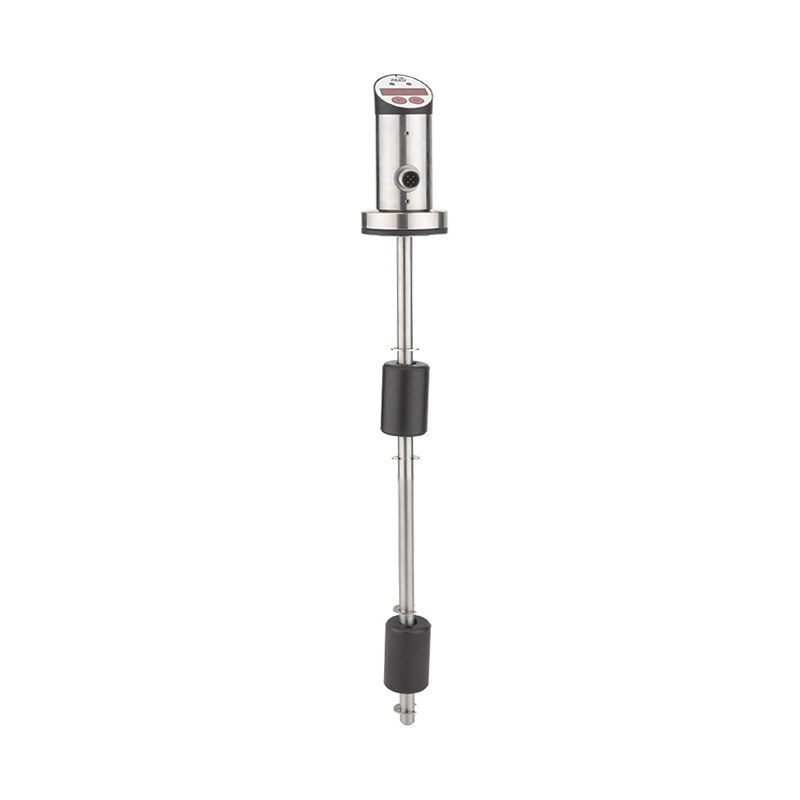

 en
en English
English Русский
Русский España
España عرب .
عرب .